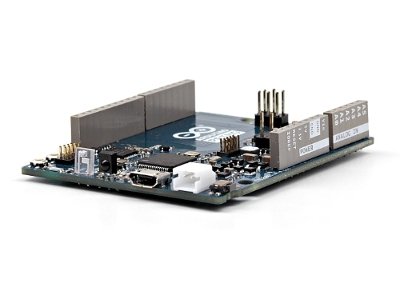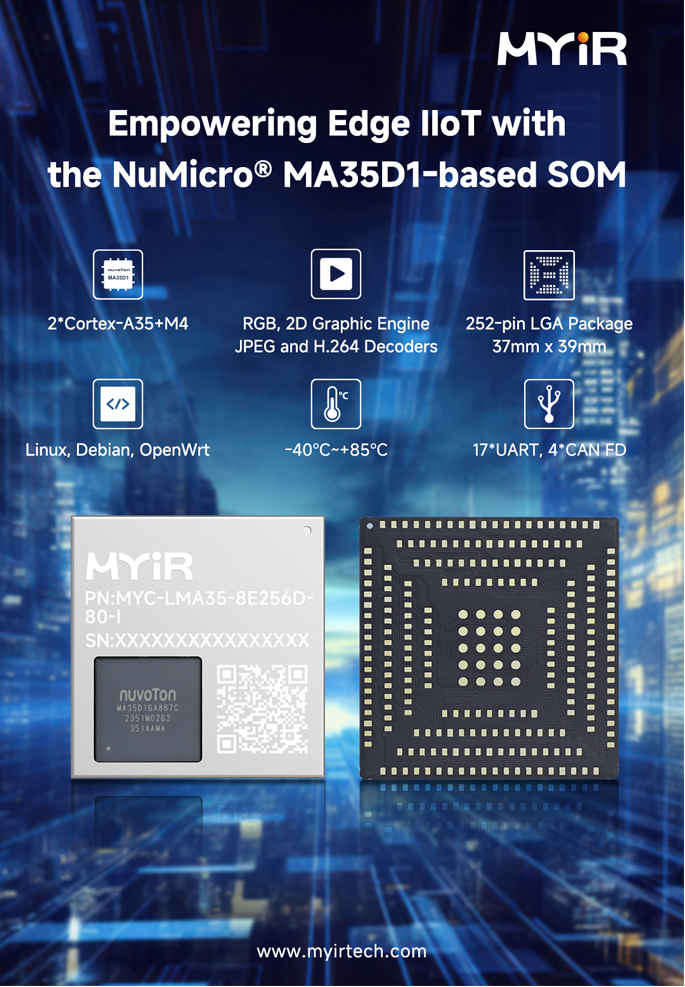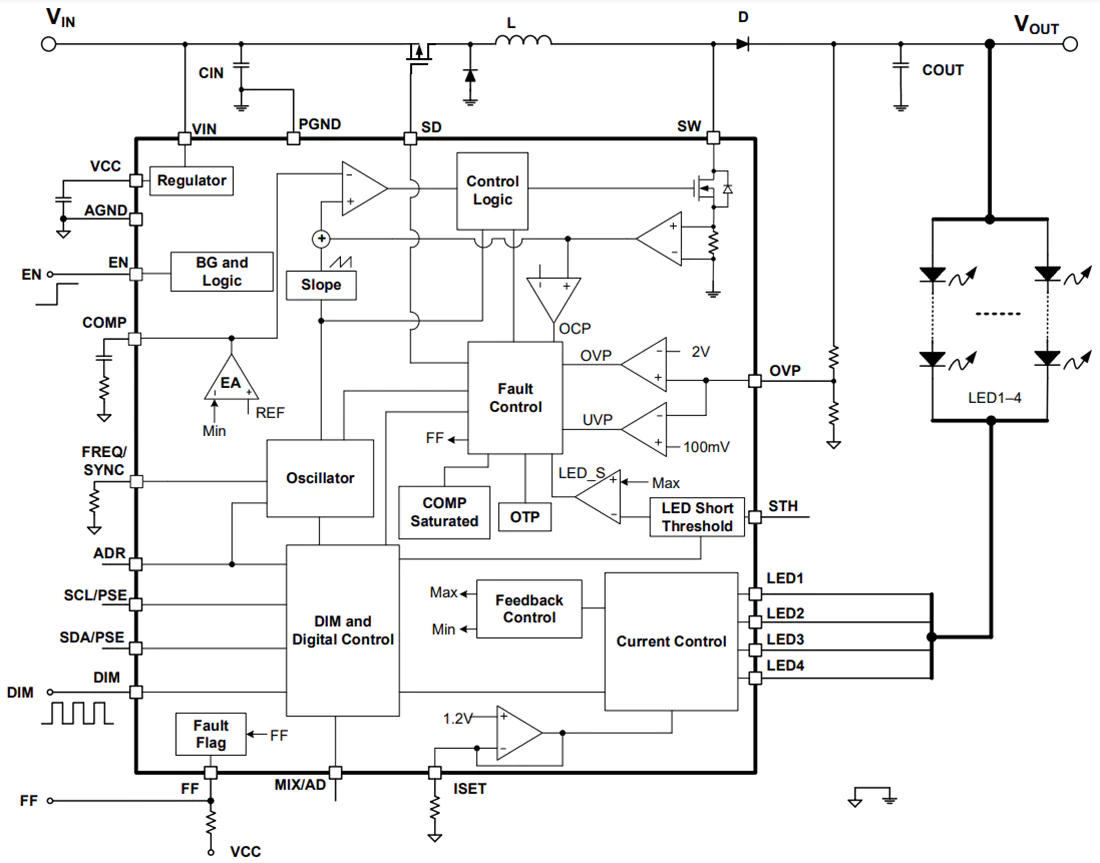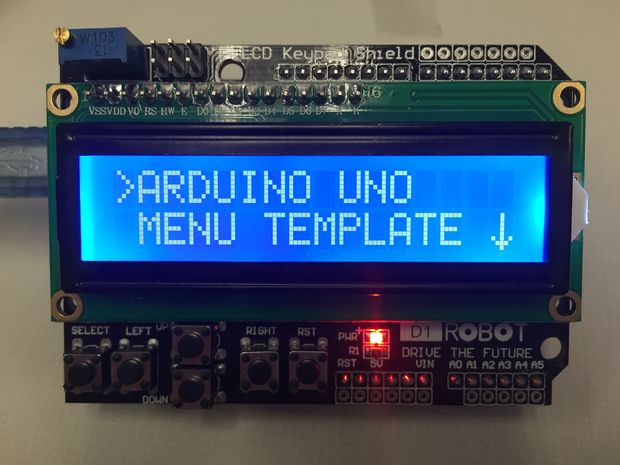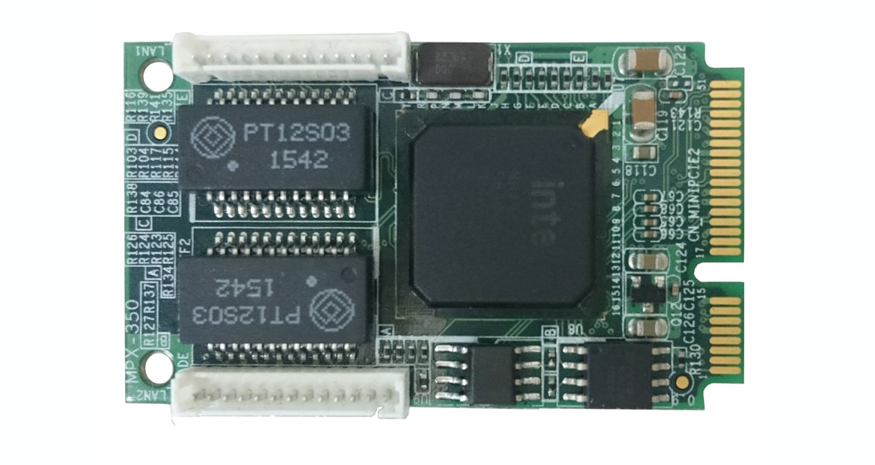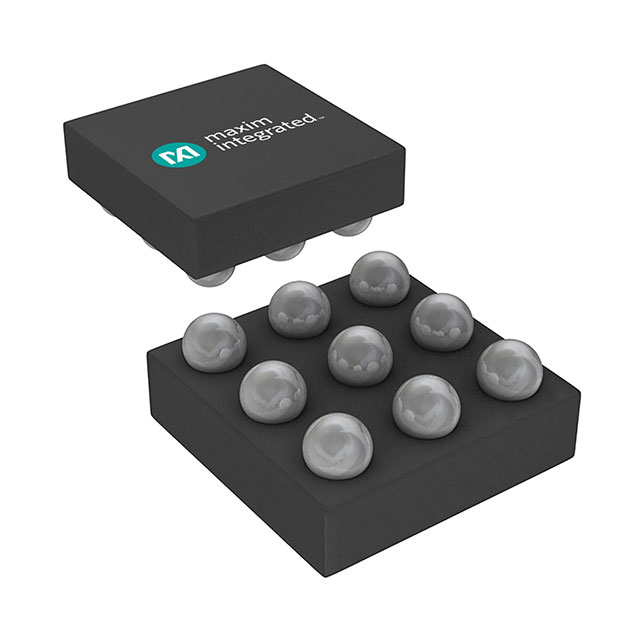
Maxim Integrated has developed an algorithm to accurately estimate the battery state of charge and safely handle most batteries.
Designers of lithium-ion (Li-ion) battery-powered mobile devices such as wearables, electric bicycles, power tools and internet of things (IoT) products can improve the end-user experience by extending run-time and delivering accurate battery state-of-charge (SOC) data with the MAX1726x fuel-gauge IC family from Maxim Integrated. The low power fuel gauge ICs implement Maxim ModelGauge™ m5 EZ algorithm. The ModelGauge m5 EZ algorithm makes fuel gauge implementation easy by eliminating battery characterization requirements and simplifying host software interaction.
Key advantages
- High Accuracy: The ICs provide accurate time-to-empty (1%) and time-to-full SOC data across a wide range of load conditions and temperatures, using the proven ModelGauge m5 algorithm
- Fast Time to Market: The ModelGauge m5 EZ algorithm eliminates the time-consuming battery-characterization and calibration process
- Extended Run-Time: Quiescent current of just 5.1µA for MAX17260/1; 5.2µA for the MAX17262 and 8.2µA for MAX17263 extends run-time
- Integration: The MAX17262 includes the Rsense current resistor (voltage and coulomb counting hybrid) which reduces overall footprint and BOM cost, eases board layout
- Small size: At 1.5mm × 1.5mm IC size, the MAX17262 implementation is 30 percent smaller in size compared to using a discrete sense resistor with an alternate fuel gauge; at 3mm × 3mm, MAX17263 is the smallest in its class for lithium-ion-powered devices
- LED Support: The single-/multi-cell MAX17263 also drives LEDs to indicate battery status on a pushbutton press or system status on system microcontroller commands
ModelGauge m5 EZ algorithm
The ModelGauge m5 EZ algorithm makes fuel gauge implementation easy by eliminating battery characterization requirements and simplifying host software interaction. The algorithm provides tolerance against battery diversity for most lithium batteries and applications. The algorithm combines the short-term accuracy and linearity of a coulomb counter with the long-term stability of a voltagebased fuel gauge, along with temperature compensation to provide industry-leading fuel gauge accuracy.
The IC automatically compensates for cell-aging, temperature, discharge rate, and provides accurate state-of-charge (SOC) in percentage (%) and remaining capacity in milliampere-hours (mAh) over a wide range of operating conditions. As the battery approaches the critical region near empty, the algorithm invokes a special correction mechanism that eliminates any error. The IC provides accurate estimation of time-to-empty and time-to-full and provides three methods for reporting the age of the battery: reduction in capacity, increase in battery resistance, and cycle odometer.





